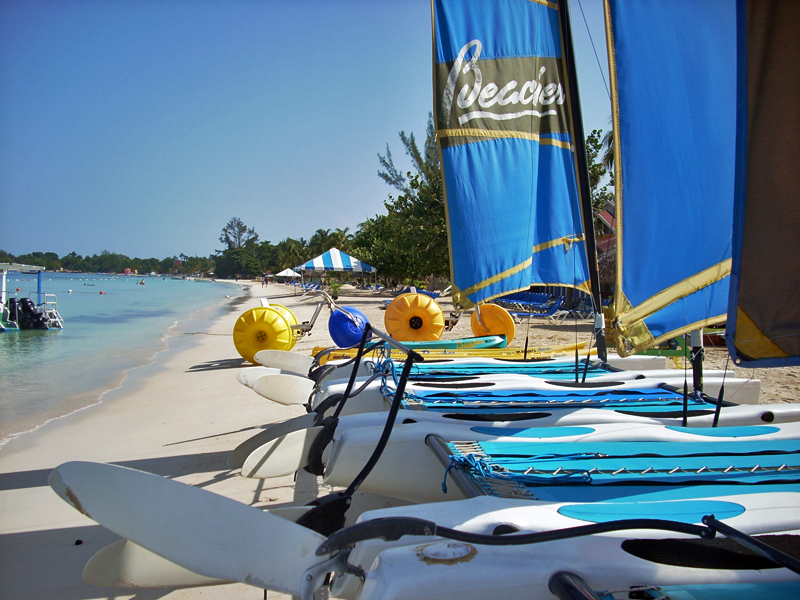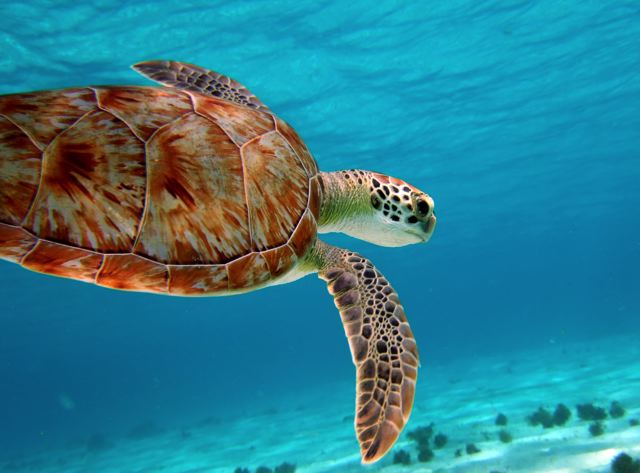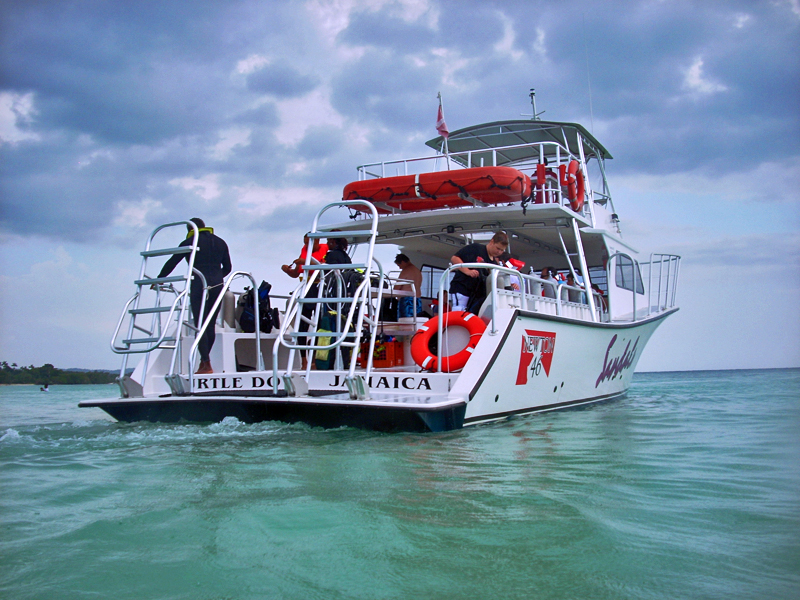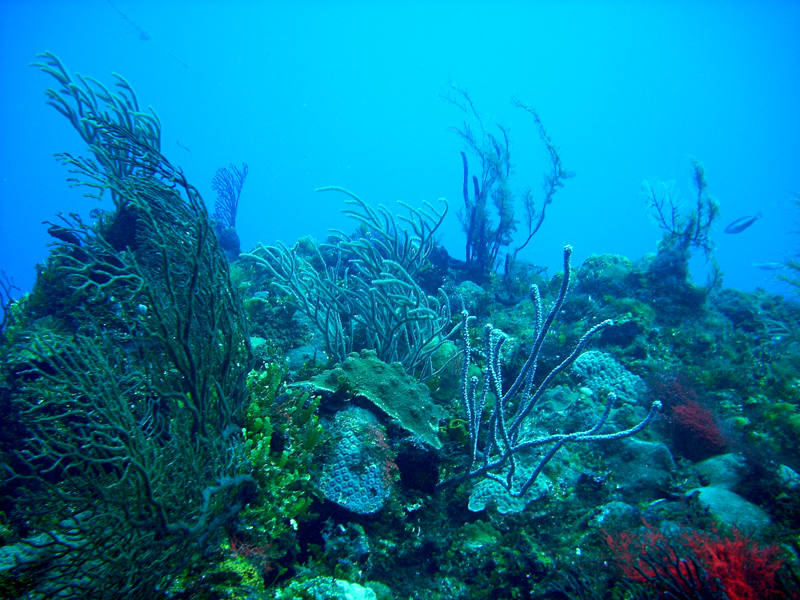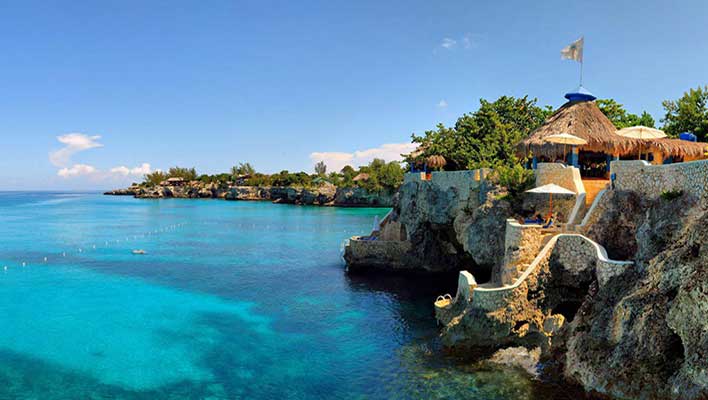
How to Get a Scuba Diving Certification from PADI or NAUI
A necessary and important course in scuba diving is a NAUI or PADI scuba diving certification program. This teaches a diver all the scuba theory as well as practical performance of open water scuba diving, without which one will not be able to dive. There is a lot of scuba diving certification classes in nearly all cities where one will get an actual training session in a swimming pool to learn the fundamentals. Another option is to get certified in a favorite diving destination where a lot of scuba diving resorts offer certification courses, which is often a good option as the training precedes loads of open water dives on the reef where a true taste of the dive is experienced.
So how does one get a scuba diving certification? Well, getting a scuba diving certification card from PADI or NAUI is moderately challenging and a fairly involved process, but is all worth it because of the underwater freedom it gives a PADI certified scuba diver. There are certain steps to be followed:
Contact local dive shops for information about classes for PADI scuba diving certification.
Always talk to instructors before signing up for any course, and ask to see the equipment and facilities used; get a suggestion from previous students if possible.
Enroll and pay for the scuba diving certification course chosen.
Make sure that the instructors are licensed through one of the several recognized licensing organizations, which include: National Association of Scuba Diving Schools (NASDS), Professional Association of Dive Instructors (PADI), and National Association of Underwater Instructors (NAUI).
You’ll start with several weeks of lecture and textbook study.
The training manuals for the majority of these courses are also obtainable in bookstores and libraries. Reading online literature may help one see which program will best work for him/her.
Get training dives in swimming pools.
The course would usually involve training in swimming pools to give each diver a grip on the equipments as well as practice certain safety measures learned during the lectures.
Get supervised open-water dives.
The next step in a scuba diving certification course involves taking students to tranquil shallow open waters, to give them a first hand experience of scuba diving and applying all lessons learnt throughout the course.
Obtain Certification.
The certified scuba diving instructor makes a decision upon his discretion, gives a scuba diving certification to the student.
Be given a laminated license and a logbook.
The license allows the diver to buy scuba diving equipments and the logbook lets the dive charter operators confirm that you have ample current dive experience.
Scuba diving is a fun and thrilling water sport activity, but it can also be dangerous if the proper training and equipment are not obtained before attempting to do the dive. Scuba diving certification ensures that all safety precautions are met and all scuba diving rules are followed.
 The Insiders Guide to Scuba Diving in Jamaica
The Insiders Guide to Scuba Diving in Jamaica